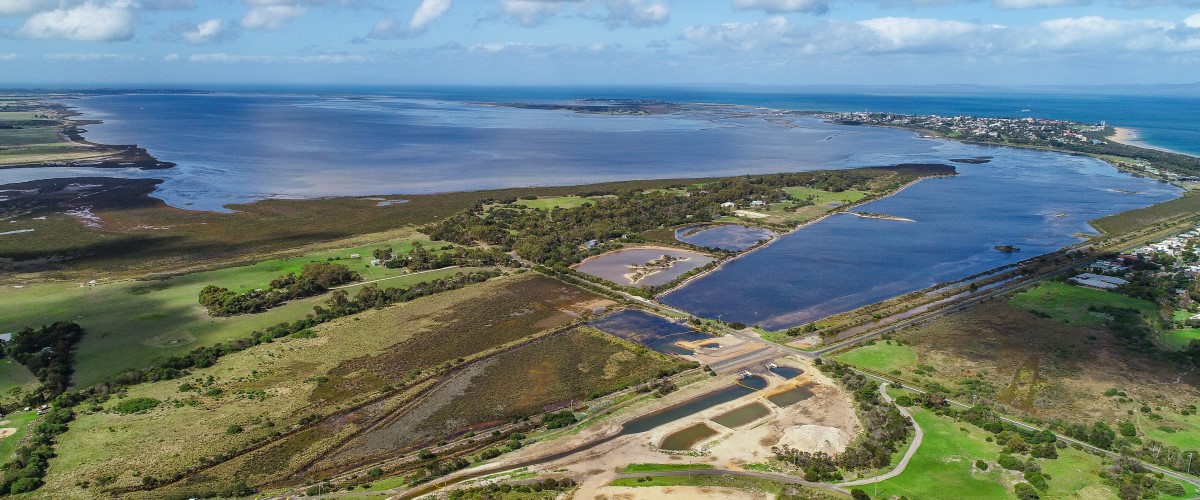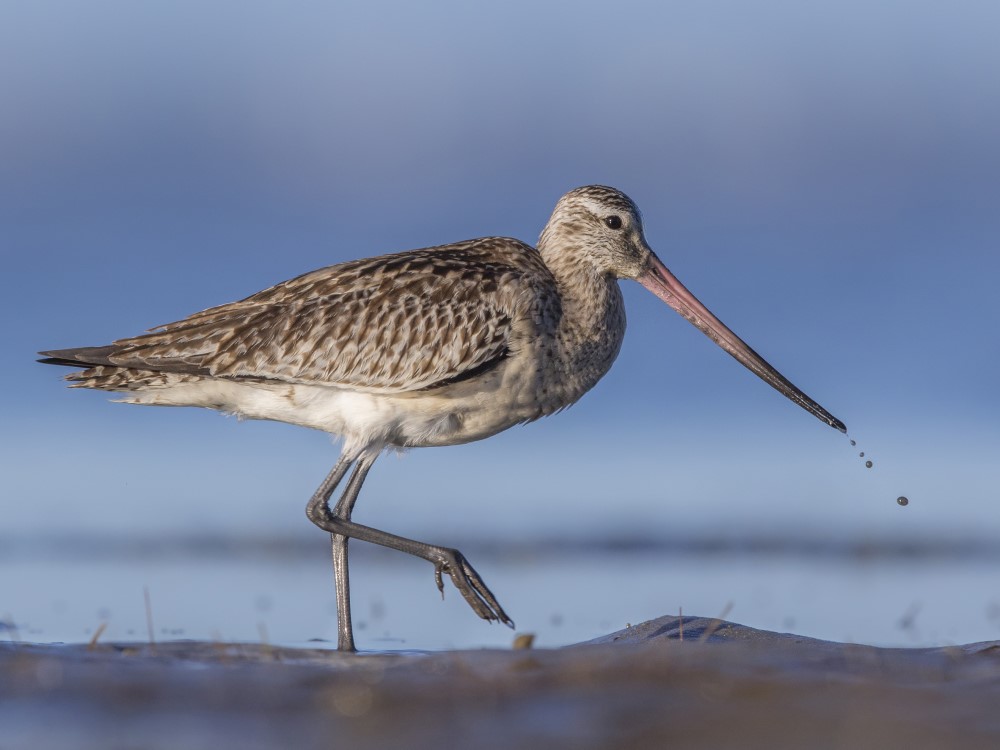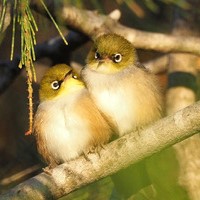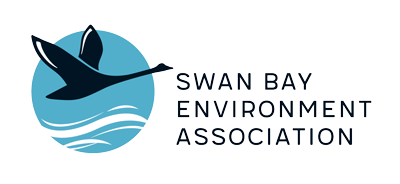
National recognition
In 1980 Swan Bay and its islands were added to the Register of the National Estate. The Statement of Significance for Swan Bay reads:
‘The mud flats and seagrass communities of the area form the most extensive remnants of the communities which were once much more widespread in Port Phillip Bay. The wetlands of the area are of international significance and have been included in the Directory of Wetlands of International Significance under the Ramsar convention which designates sites of international importance especially for waterfowl habitat.
The mudflats, saltmarsh, seagrass meadows and sand dunes within the area support a high diversity of fish species, wading birds and waterfowl including species protected under Japan Australia Migratory Birds Agreement and China Australia Migratory Birds Agreement international migratory waterbird treaties. It also provides an important breeding and nursery area for fish, crustaceans, molluscs and other marine organisms. Swan Island supports the largest known population of the Orange-bellied Parrot, which is listed as rare by the International Union for the Conservation of Nature in the International Council for Bird Protection Bird Red Data Book and as endangered by Council of Nature Conservation Ministers’.
The Register of the National Estate, which listed 13,000 places, expired in 2007 and was replaced by the National Heritage List. The new list includes just 117 places, with the closest to Swan Bay being the Point Nepean Defence Sites and Quarantine Station Area.

International recognition
Each year thousands of migratory shorebirds arrive at Swan Bay to rest and feed. During their journey from Alaska, Siberia and the Arctic, which can take two months, they rely on wetlands in Japan, Korea and China. Unfortunately, these wetlands and others around the world are fast disappearing. As part of international efforts to conserve these threatened migratory wading birds, Australia has signed agreements with Japan, China and Korea. The Japan-Australia Migratory Birds Agreement (JAMBA), the China Australia Migratory Birds Agreement (CAMBA) and the Republic of Korea-Australia Migratory Birds Agreement (KORAMBA) aim to protect the habitats of the birds travelling between their nations. Swan Bay is one of the wetlands subject to these agreements.
Swan Bay has been listed in the Ramsar Convention’s Directory of Wetlands of International Significance as a part of the Port Phillip Bay (Western Shoreline) and Bellarine Peninsula Ramsar site. It has been listed because of its importance to migratory shorebirds and many resident birds. The aim of the Ramsar Convention is to halt the worldwide loss of wetlands.

